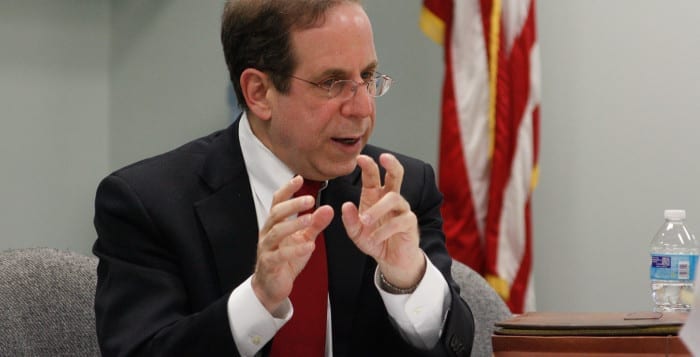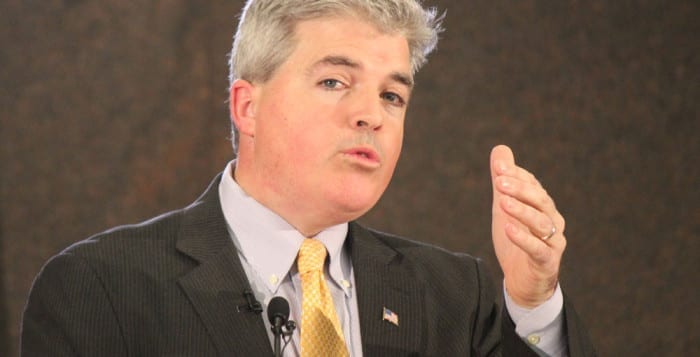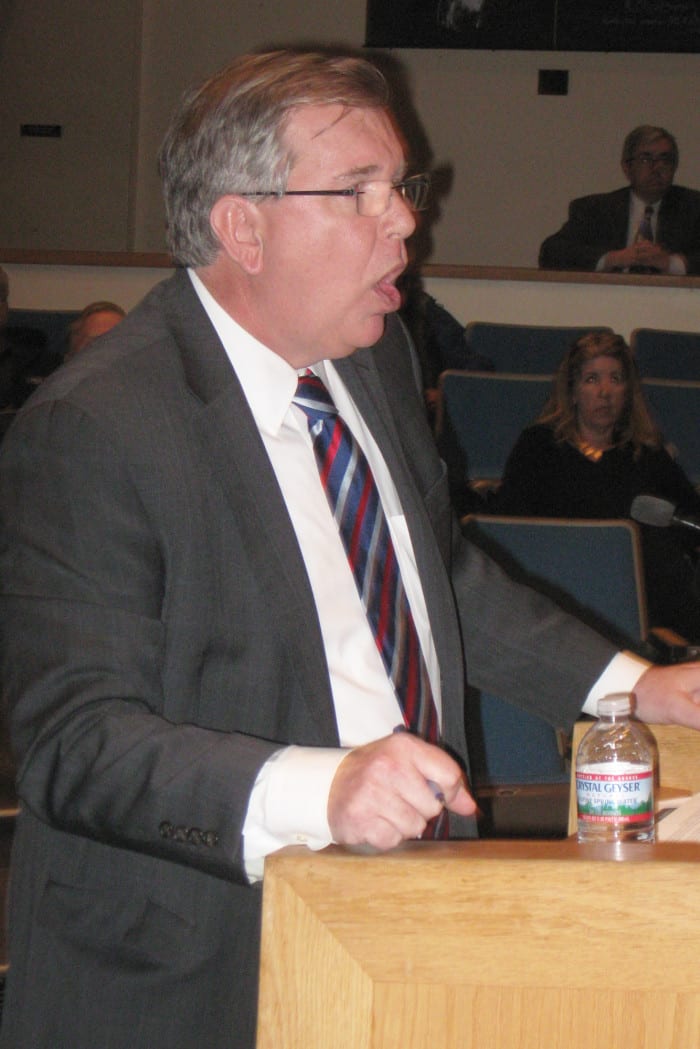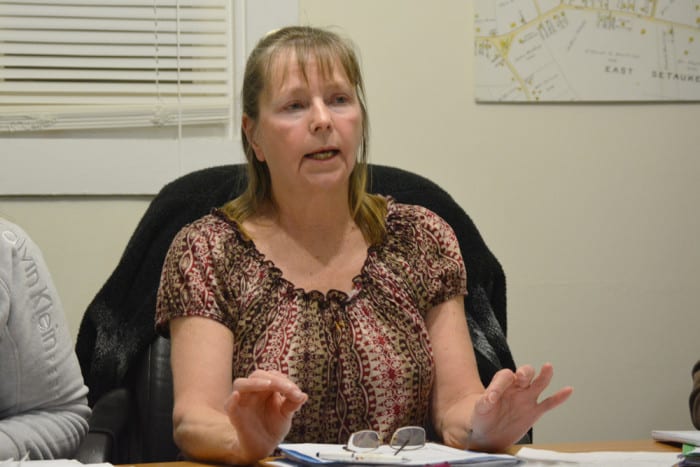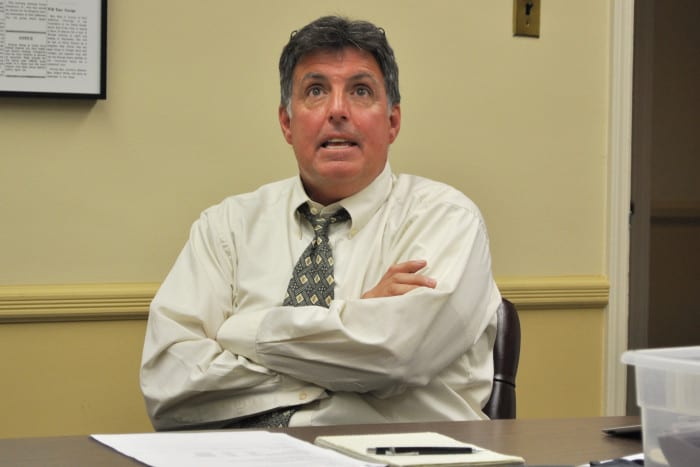Huntington Town officials took steps to strengthen the town’s ethics code by discussing various revisions during a work session Tuesday.
Mulling nearly a dozen residents’ suggestions at its annual meeting in March, Huntington Town’s Board of Ethics & Financial Disclosure discussed topics ranging from campaign finance disclosures, prices of penalties for ethics code violations and how frequently the board should meet during the year.
Training town employees and officials in the town’s ethics code and creating a “plain language” guide to the code are some suggestions board members said they are considering.
Chairman Howard Glickstein and members Lois C. England and Ralph Crafa attended the work session at Huntington Town Hall, as did Steven G. Leventhal, of Leventhal, Cursio, Mullaney & Spector, LLP — the board’s counsel.
Councilwoman Tracey Edwards (D) listened on in the audience.
Supervisor Frank Petrone (D) directed Edwards to spearhead ethics code revisions. She said she plans to have a proposal for town ethics code tweaks in place at the April 21 town board meeting.
Board members said they agreed that creating what Leventhal termed a “plain language” guide to ethics was a good idea. Leventhal noted that the guide, which could be distributed as a small booklet handout to town employees and officials, would have both a simple, clear explanation of what’s right and wrong under the town’s code, and would, in the back, include the actual town ethics code. Ethics board members said they liked the suggestion.
“In my view it’s a great valuable service to the town workforce, to prepare and distribute a plain language guide that helps them interpret the language of the law itself,” Leventhal said. “The plain language guide does not replace the law and must, of course, remind readers that it is the law itself that controls, but that the plain language guide was developed to assist them in interpreting the law and to encourage them to bring any questions to the board of ethics.”
Ethics training of town employees and officials also earned consensus from board members.
“I regard it really as one of the most important functions of the board of ethics,” Leventhal said.
Board members also said they’d be in favor of increasing the penalty for an ethics violation, which is currently $5,000. Residents asked the board to consider holding meetings quarterly instead of annually. Leventhal said as the board’s work increases — possibly through increased ethics training of employees and officials — the board would meet more frequently.
Tom McNally, who spoke on behalf of the Huntington Republican Committee, called for mandatory training in ethics code for all town officials and employees. He also said all ethics complaints filed with the town clerk should be made public, as well as all decisions of the ethics board, how they voted and whether any ethics board members recused themselves from a vote.
“That was very, very well put together,” board member England reflected.
Leventhal did, however, take issue with making all ethic complaints public, noting that in the early stages of an ethics investigation it “may be premature and ultimately unjust” to publicize the complaint. Many times, complaints are not actual violations — a complainant may allege someone was rude to him or her — but while “rudeness is bad,” it’s not a violation of the code, he said.
Edwards commended the board’s work in an interview after the meeting, saying she was “really pleased with what we heard.”

